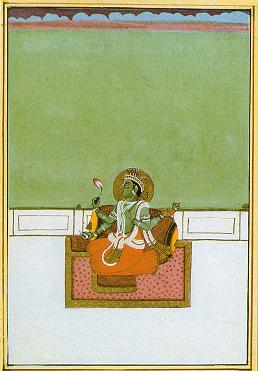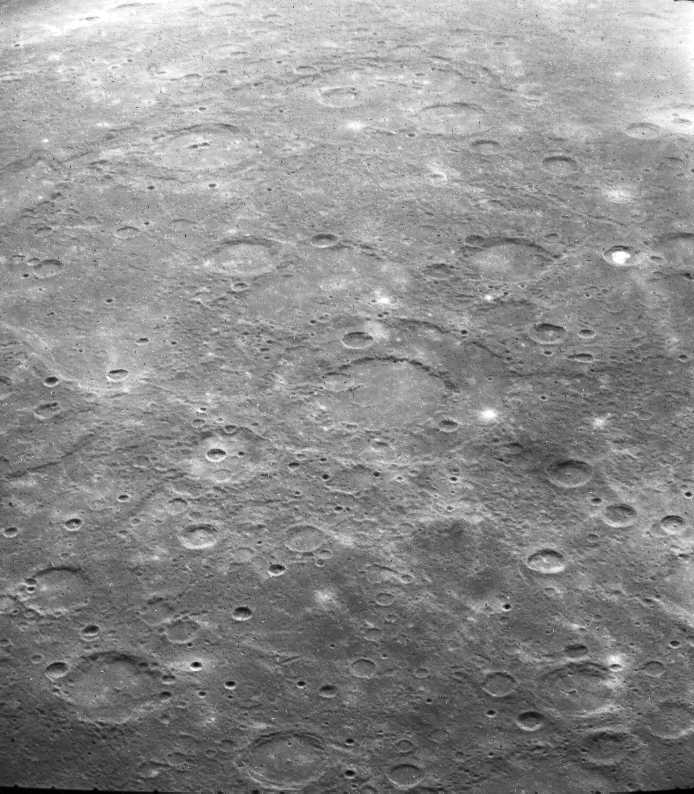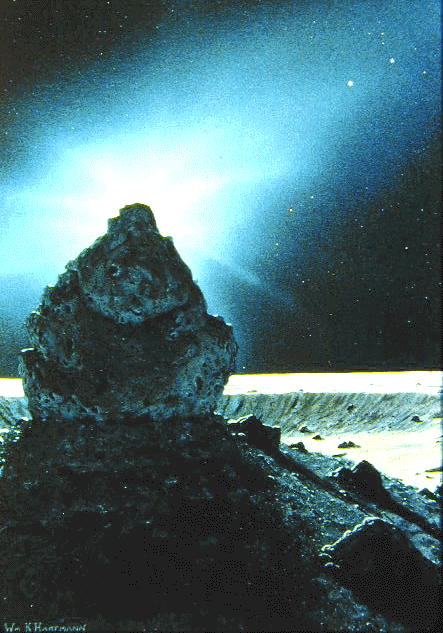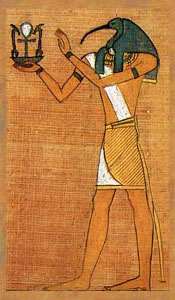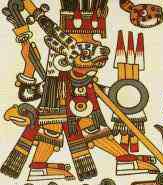|
Mercury Key point: Influence of position near Sun on evolution compared with that of the moon
(to right, courtesy NASA, Mercury Messenger; above, Buddha, the planet Mercury, the son of Chandra (the Moon) and Tara (the North Star). from The Black Peacock, http://www.goloka.com/index.html) |
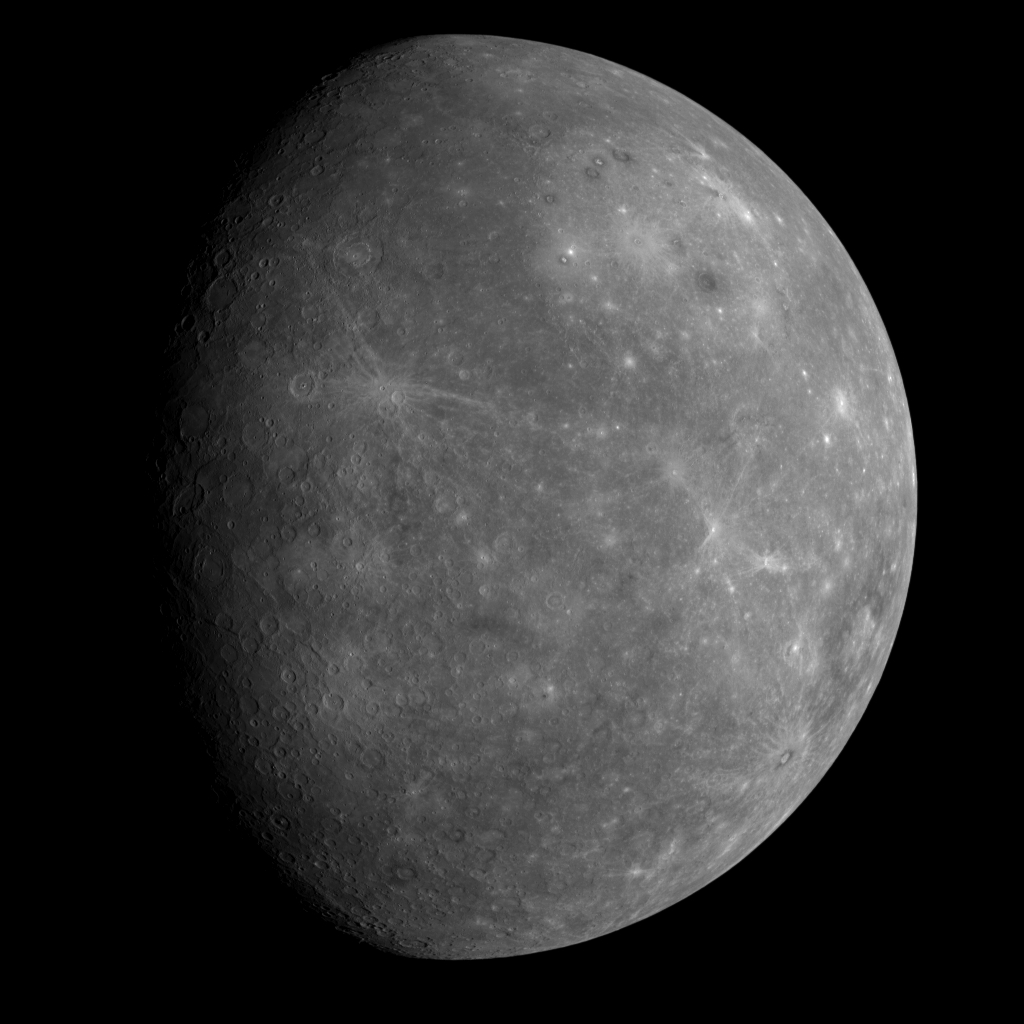 |
